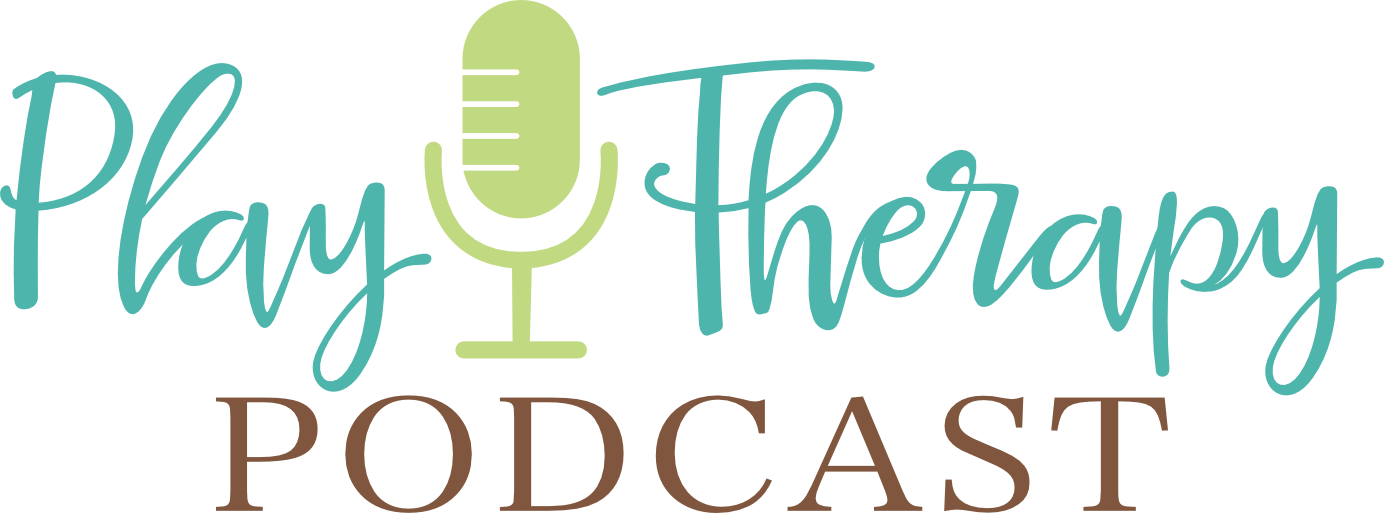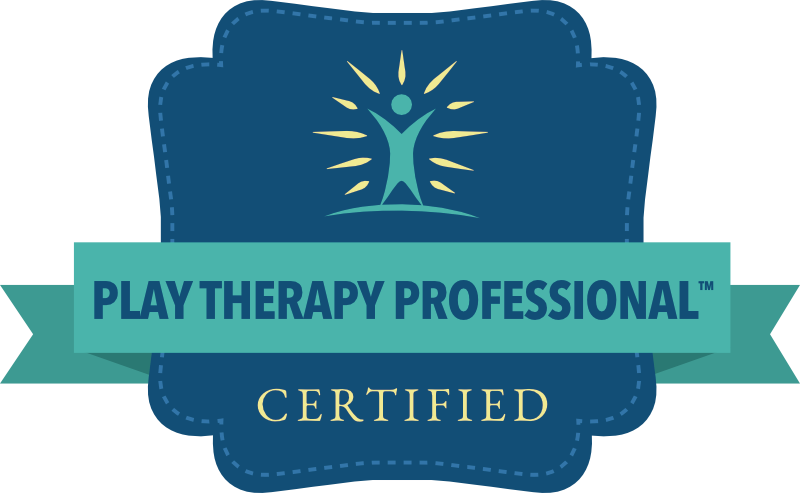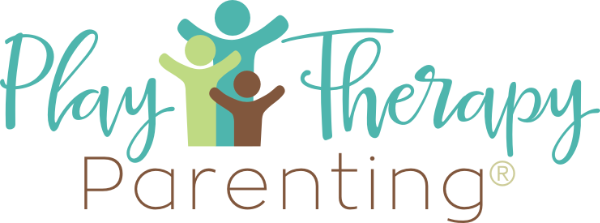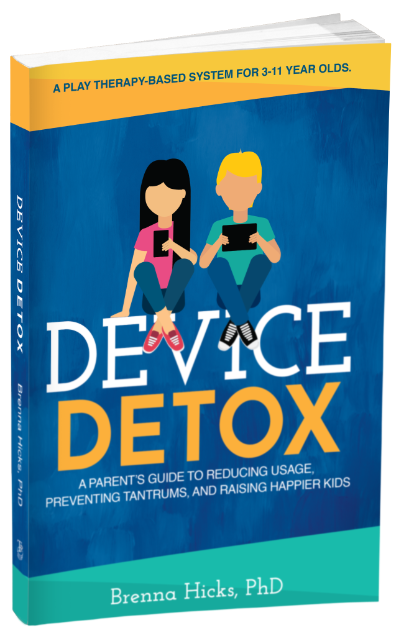Limits Are Not Needed Until They Are Needed
Podcast Transcript
Hi, I’m Dr. Brenna Hicks. And this is the Play Therapy podcast. In today’s episode, we are moving into the second principle from the limit-setting skill. That principle is “limits are not needed until they’re needed.” Last week, we talked about when a child is drowning, it’s not the time to teach them to swim. And so this one will piggyback on that, that we only set limits when needed.
Limits are not needed until they are needed
Here’s what is really important about this principle: these limits are not needed until they’re needed. This has to influence everything we do in the playroom for several reasons. First, parents are swift to want us to set limits on all behavior immediately and fix whatever they believe to be problematic. So my child is angry, you need to teach them not to be angry. My child is too anxious; you must teach them not to be anxious. My child is losing control and getting in trouble in school; you must teach them to stop.
Parents are very limit-focused and limit driven. We have to keep this in the back of our minds that we only set limits when they’re needed. They’re not needed until they are because it gives children the freedom, autonomy, and space to do the necessary work. And that is extremely important. Here are three things that are really helpful for us to keep in mind, and I will dive deeper into each of these three.
Three topics in this episode
So the first is we always want to keep the three questions about limits in our minds. And we covered that before when we went through the limit-setting skill, but we will remind ourselves that it’s good to have refreshers.
Secondly, with this principle, every child will believe that the limits are different, and that is intentional. So we’ll look into that.
And then, finally, by operating with this model that we only set limits when needed, there’s an implication of trust, which is extremely important for the kids that come into our playrooms. They have to believe that we trust them. So we’ll look at each of those together.
Three questions to ask before setting a limit
So first of all, when we think back to the limit-setting skill, in the episode where we covered limit setting as one of the four pillars, we talked about the three questions that we always ask ourselves when we’re deciding whether or not to set a limit. And those are, is this limit necessary. Number one, number two, can I consistently enforce this limit if I said it? And three, if I allow this behavior to continue and don’t set a limit, will I be able to continue to accept the child?
So there’s a precursor when we think about limits, only being needed when needed. Because if we’re assessing whether or not a limit is necessary, we also must ask ourselves those three questions. So, is this necessary? Can I consistently enforce it? And can I allow this behavior to continue and still accept the child if I don’t set a limit?
So if we ask any of those three questions and get an answer, yes, this will require a limit. At that point, and only at that point, the limit is necessary; therefore, we set one.
So we can’t keep the principle in mind; limits are only needed when they’re needed, without also thinking about those three questions serving as our litmus test. Alright. So that’s very important.
Kids’ perception of the “rules”
Why I love it because every kid ends up thinking that the limits in the playroom are different. Obviously, they don’t use the word limit; they use the word rule. So what has happened over the years is that kids will tell their parents, “do you know there’s only one role in Miss Brenna’s playroom?” “The only rule is if I climb to the top of the shelves, I have to sit on my bottom once I get up there.” These are true, by the way. I’m not making this up on the fly. These are things that kids have actually said to their parents.
Another child said, “do you know that the only thing I’m not allowed to do in Ms. Brenna’s playroom is pour water on the floor.” “Do you know that the only thing Ms. Brenna tells me I am not allowed to do is color on my skin. I can color anywhere else” (which is really not true, but that’s what the child believed).
You know, when you’ve done this for almost 20 years, you can remember many of these stories, but I’m sharing these with you for a couple of reasons. First of all, when you only set limits when they’re needed, kids don’t think that there are rules, and that is the beauty of the child-centered, non-directive approach because kids come in and they feel that they have complete freedom until something is required.
When we set a limit on that behavior only when needed, the child thinks, oh, that’s the only time there’s ever been a rule here. And what’s funny is if I would line up all of those kids collectively and say, okay, on the count of three, I want all of you to tell me what the rules are in Miss Brenna’s playroom, every single, one of them would say that there are different rules. That’s intentional because they are only needed for that one particular limit.
The child that climbed my shelves every week would get all the way up to the top and want to stand up on the top. And so his safety obviously required him to sit down when he got up there. My other child wanted to pour water all over the floor, and I have wood floors. So that was a limit that required me to set something. However, the water-pouring child never got the “sit down on your bottom when you get to the top of the shelf” limit. And neither of those two ever got the “markers aren’t for coloring on your skin” limit.
So you can see how it’s individualized for every child. And therefore, it’s a unique experience in the playroom every time for every child that comes in.
Implication of trust
Finally, there’s an implication of trust when we only set limits when needed because the undercurrent, the unexplained piece, is I trust you. I don’t have to give you the rules. I don’t have to give you limits. I don’t have to tell you what you can and can’t do. I trust you. I trust you to do the things that you need to do. I trust you to keep yourself and me safe and the toys in the playroom safe. I trust you to do what you know you should and not do what you should not do.
However, there will be times when a child cannot do those things. And only at that moment do we set the limit. And it’s also essential to remember those three questions we must ask ourselves for the litmus test.
Three reasons to set limits
It’s also important to remember that we set limits for three reasons: I have to be safe, you have to be safe, and the toys can’t be broken on purpose. So safety is always at the root of setting limits.
Limit-setting as a discipline strategy
When I coach parents privately, I always use this principle with parents because that is the number one question I get no matter what topic.
No matter what I’ve been speaking on, why they’re there, or why they came to hear me, they ask, “what am I supposed to say to my child about (fill in the blank).” About screens, about behavior, about phones, about school, about whatever. There’s always this question of how I handle this from a discipline standpoint.
You have to remember that, in play therapy, limit setting is a form of disciplinary strategy. The goal is to let the child self-control, which is unlike any other discipline strategy that exists because, in every other discipline strategy, the parent insists upon a particular outcome, and there are consequences. And so when you give limits, the child can self-regulate into self-control.
So we are constantly in these conversations with parents about where they’re going. Well, what am I supposed to say? How am I supposed to handle that? What am I supposed to explain? And I always say your kids may not like it, but they will never argue with you about being kept safe.
My job is to keep you safe
So it’s not safe for you to do that. It is my job to keep you safe. It is my job to ensure that you are protected from things that you’re not able to deal with or ready to deal with or can’t handle yet. Safety is always at the root of what a child understands as a valid reason why they may not like it. They may still be angry, upset, and frustrated, but they will never say no; I don’t want you to keep me safe.
So when we set limits in the playroom, I have to be safe, you have to be safe, and the toys can’t be broken on purpose. Those are the reasons why.
So notice: child climbing up on top of the shelf – safety, pouring water on the floor, keeping the playroom safe, drawing on themselves with permanent marker, keeping them, their bodies safe. There are always reasons why limits are set. So it’s not willy-nilly. It’s not a hodgepodge, it’s not, it’s a limit today, but it’s not a limit tomorrow.
That’s why we ask those three questions at the beginning, and that’s why we filter it through: I have to be safe. You have to be safe. Toys shouldn’t be broken on purpose. Also, the playroom should not be damaged, as lumped in with toys can’t be broken on purpose.
So with that implication of trust, you’re basically saying, I know you’ll do what you’re supposed to do. And that’s very powerful because the undercurrent is I have faith in you, and I accept you as you are. I love you as you are unconditionally. And I won’t need to enforce anything until I do. And it will be just on that one issue, and we’ll move on.
Review the “4 Pillars of Play Therapy”
This might not make sense if you are new to the podcast and have yet to listen to the four pillars episodes and the skills we’ve already covered. So please go back and listen from episode one and go in numerical order all the way through. Once you understand the limit-setting skill, you will understand why we’re talking about this principle of limit-setting.
So if you’re new, welcome. So glad you’re here. If you’ve been with me for a long time from the beginning, you’re one of my veterans. Thank you for sticking it out. I’m always so grateful to have time with you each week.
Thank you for your emails. Thank you for reaching out. I always love hearing from you all, [email protected].
In the next episode, we will talk through a question from a listener. So can’t wait until we get to do that.
As always, I look forward to seeing you again. We’ll talk soon. Bye.








